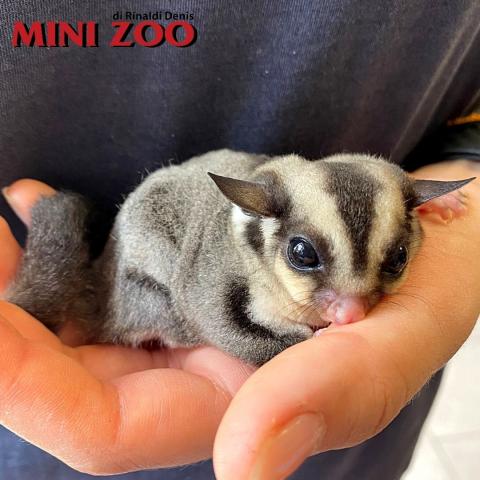PETAURUS BREVICEPS ancestrale
PETAURUS BREVICEPS ancestrale
The sugar petaur is a small marsupial that can reach 30 cm in length, including the tail. This is a very important tool, which is used both to stand on trees and to collect food. It is also called flying squirrel, for its ability to do long glides even of 70/80m thanks to the presence of a membrane called patagio, which extends from the rear limbs to the front ones.
It’s a nocturnal animal, so its cage should be placed in a dark corner, and it should not be subjected to temperature changes.
Distribution: Indonesia, New Guinea and Australia.
Feeding: It feeds mainly on fruit, but can supplement its diet with small insects
It’s a nocturnal animal, so its cage should be placed in a dark corner, and it should not be subjected to temperature changes.
Distribution: Indonesia, New Guinea and Australia.
Feeding: It feeds mainly on fruit, but can supplement its diet with small insects













